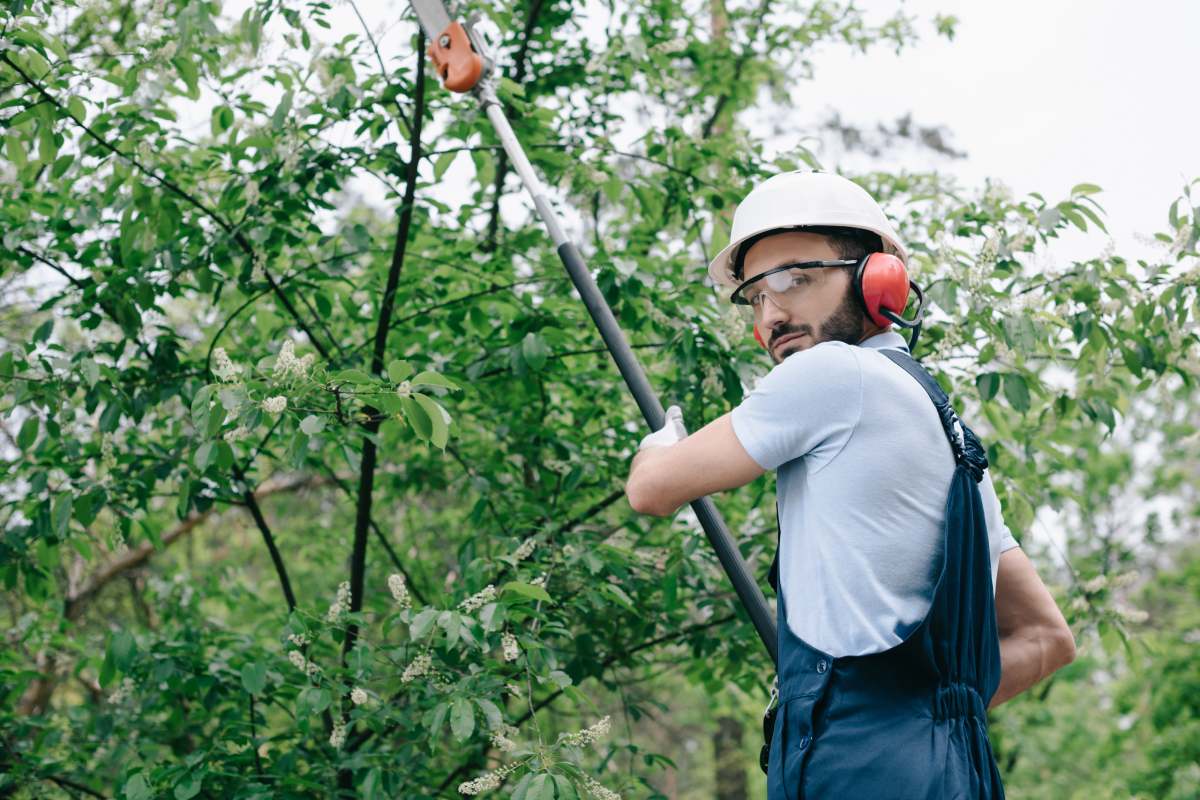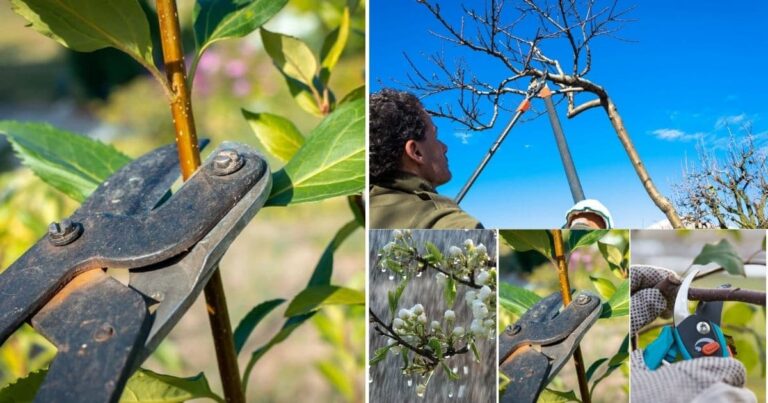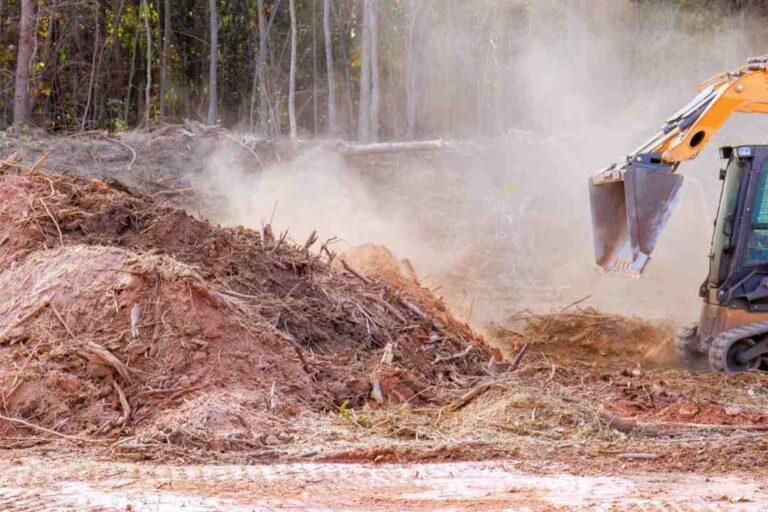Tree Pruning Service: Essential Tips for Homeowners
Tree pruning is an essential aspect of maintaining the health and beauty of your trees. It involves selectively removing branches or stems to improve the structure, appearance, and functionality of your trees. As a homeowner, understanding the importance of tree pruning can significantly benefit not only your trees but also your property as a whole.
Understanding the Importance of Tree Pruning
Regular tree pruning service offers numerous benefits, both aesthetic and practical. Let’s explore some of the advantages that come with properly maintaining your trees:
Firstly, pruning helps to enhance the overall appearance of your trees. By removing dead or overgrown branches, you can achieve a more balanced and visually appealing tree structure. This can instantly uplift the curb appeal of your property and create a welcoming atmosphere.
Secondly, tree pruning promotes the health and longevity of your trees. By eliminating weak, diseased, or damaged branches, you can prevent further spread of infections and infestations. This allows the tree to allocate resources to healthier branches, aiding in its overall well-being.
Additionally, pruning can improve the safety of your property. Regularly removing low-hanging or obstructing branches reduces the risk of accidents, especially during severe weather conditions. Proper pruning also enhances tree stability, ultimately reducing the chances of branches falling and causing potential damage.
Moreover, tree pruning plays a crucial role in maintaining the ecological balance of your surroundings. By selectively removing branches, you can create openings in the tree canopy, allowing sunlight to reach the forest floor. This promotes the growth of understory plants, which provide food and shelter for various wildlife species. The presence of a diverse range of flora and fauna contributes to a thriving ecosystem.
Furthermore, tree pruning can have economic benefits as well. Well-maintained trees can increase property value by up to 20%. The aesthetic appeal and environmental benefits they provide make your property more attractive to potential buyers or tenants. Additionally, strategically pruned trees can provide shade, reducing cooling costs during hot summer months and lowering energy consumption. Click here to learn about top tree pruning services for a healthy landscape.
Risks of Neglecting Tree Pruning
Neglecting tree pruning, on the other hand, can have detrimental effects. Failure to address the following risks may compromise the health and safety of your trees:
One significant risk is the potential for weak branch structure. Over time, trees that are not pruned can develop multiple leaders or co-dominant stems. These weak branch unions are prone to splitting, particularly during storms or heavy winds, which can damage your property or injure individuals.
Furthermore, neglected tree pruning can lead to the formation of dense canopy and foliage. This restricts air circulation and sunlight penetration, creating an ideal environment for fungal diseases to thrive. Without proper pruning to promote airflow, your trees are at a higher risk of suffering from diseases and subsequent decline.
Another risk of neglecting tree pruning is the increased vulnerability to pest infestations. Overgrown branches provide a convenient pathway for pests to access the tree, leading to potential damage and infestation. By regularly pruning your trees, you can eliminate these entry points and reduce the risk of pest-related issues.
Identifying When Your Trees Need Pruning
Now that you understand the importance of tree pruning, it’s essential to recognize when your trees require attention. Several indicators can help you determine the appropriate time to prune:
Proper tree care involves more than just regular watering and fertilizing. Pruning plays a crucial role in maintaining the health and aesthetics of your trees. By understanding when and why to prune, you can promote optimal growth and prolong the lifespan of your trees.
Seasonal Indicators for Tree Pruning
One crucial factor to consider is the season. Most deciduous trees benefit from pruning during their dormant period, typically in late winter or early spring. Pruning during this time minimizes stress on the tree and maximizes the growth response as it prepares for the upcoming season.
Conversely, certain trees, such as spring-flowering ones, should be pruned immediately after their blooming period. Pruning these trees during their dormant phase may result in a significant loss of flowers for the following year.
Understanding the specific needs of different tree species is vital for effective pruning. For example, evergreen trees can be pruned year-round, but it’s best to avoid heavy pruning during the fall months. By tailoring your pruning schedule to the unique characteristics of each tree, you can ensure optimal results.
Signs of Disease or Damage
Aside from considering seasonal factors, it’s essential to inspect your trees for signs of disease or damage. Dead or decaying branches, discolored foliage, or visible insect infestations are indications that pruning may be necessary. Regularly monitoring the health of your trees can help identify problems early on and address them promptly.
Proper pruning techniques are essential to prevent further damage to your trees. Always use sharp, clean tools to make precise cuts and avoid tearing the bark. Additionally, consider consulting with a certified arborist for complex pruning tasks or if you are unsure about the best approach for a specific tree.
Choosing the Right Tree Pruning Service
While you can opt for do-it-yourself tree pruning, certain situations may require professional expertise. When hiring a tree pruning service, consider the following factors:
Tree pruning is a crucial aspect of maintaining the health and aesthetics of your trees. Proper pruning promotes tree growth, removes dead or diseased branches, and enhances the overall appearance of your landscape. However, entrusting this task to professionals can ensure the job is done safely and effectively.
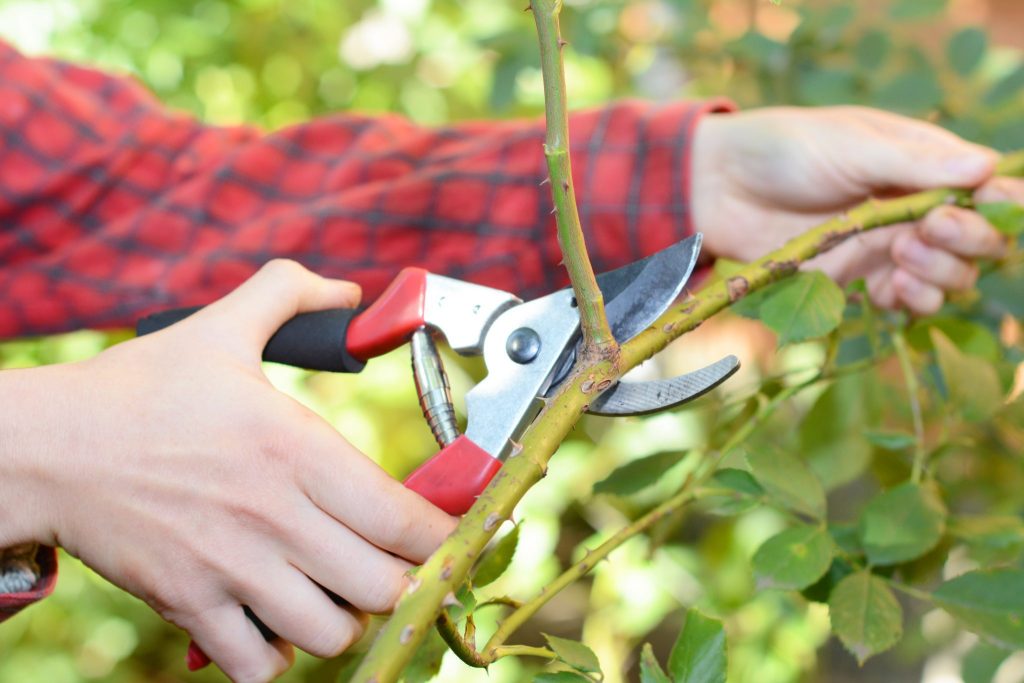
Factors to Consider When Hiring a Pruning Service
Firstly, ensure that the pruning service is licensed and insured. This provides protection for both you and the workers, as well as assurance of their expertise and professionalism.
Secondly, inquire about the experience and qualifications of the pruning service. Experienced professionals have a better understanding of tree biology and proper pruning techniques.
Moreover, a reputable tree pruning service will offer a consultation to assess the health and condition of your trees before proceeding with any pruning. This personalized approach ensures that the pruning is tailored to the specific needs of your trees, promoting their long-term health and vitality.
Furthermore, consider the reputation and reliability of the pruning service. Reading reviews and seeking recommendations from neighbors or friends can help you make an informed decision about the company’s credibility.
Questions to Ask Potential Tree Pruners
When interviewing potential tree pruning services, ask them about their approach and methodology. Inquire about the specific pruning techniques they employ, as well as their knowledge of tree species and growth patterns.
Additionally, discuss the cleanup process after the pruning job is complete. Ensuring that the pruning service will remove and dispose of the cut branches properly is vital in maintaining the cleanliness and aesthetics of your property.
By selecting a qualified and reputable tree pruning service, you can ensure that your trees receive the care they need to thrive and enhance the beauty of your outdoor space.
DIY Tree Pruning: Is it Right for You?
While hiring professionals is recommended for more complex pruning tasks and larger trees, some homeowners may choose to prune their trees themselves. If you’re considering DIY tree pruning, keep the following tips in mind:
Pruning your trees can be a rewarding and beneficial task when done correctly. Not only does it help maintain the health and aesthetics of your trees, but it can also promote proper growth and structural integrity. Before you embark on your DIY tree pruning journey, it’s essential to understand the specific needs of each tree species in your yard. Different trees require different pruning techniques, so be sure to research and identify the best approach for each tree.
Necessary Tools for Tree Pruning
Investing in the right tools is crucial for successful DIY tree pruning. Basic pruning tools include hand pruners, loppers, pruning saws, and pole pruners. Familiarize yourself with their proper usage and maintenance to ensure optimal results.
Additionally, consider the seasonality of tree pruning. While light pruning can be done throughout the year, it’s generally best to prune during late winter or early spring when trees are dormant. This timing helps reduce the risk of disease transmission and ensures minimal stress on the tree.
Safety Measures for DIY Pruning
Prioritize safety when undertaking DIY tree pruning. Wear appropriate protective gear, such as goggles, gloves, and a hard hat. Avoid pruning trees near overhead power lines, and never attempt to prune from a ladder or unstable position.
Remember, the goal of pruning is to enhance the tree’s natural form and structure, not to drastically alter its shape. Always start with small cuts and step back regularly to assess the tree’s appearance as you progress. If you’re unsure about a particular cut or the overall pruning process, don’t hesitate to consult with an arborist or tree care professional for guidance.
Take your time and make precise cuts, focusing on removing dead or problem branches. A well-executed DIY pruning job can help improve the health and appearance of your trees, but don’t hesitate to seek professional assistance for more intricate tasks or potentially hazardous situations.
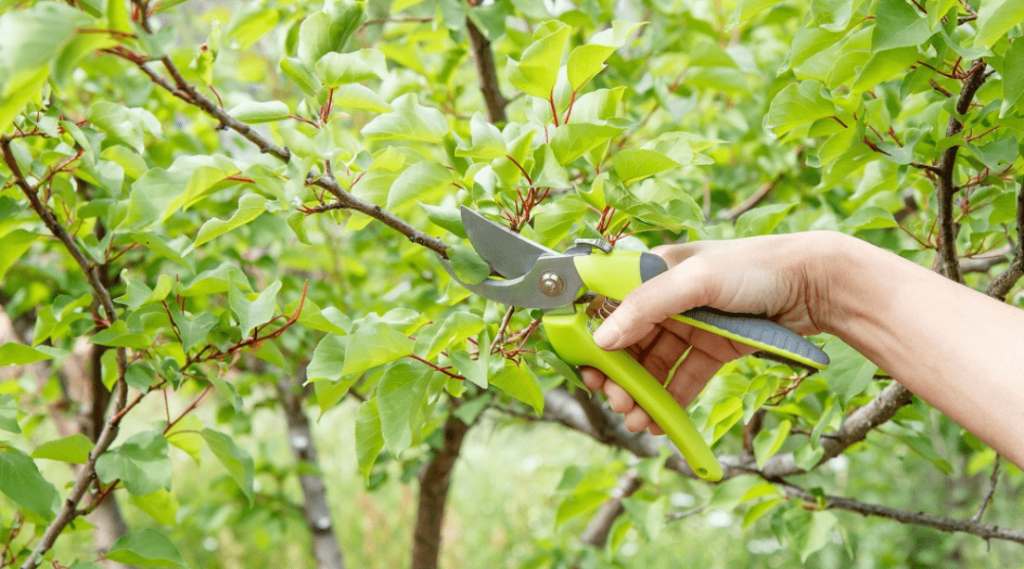
Maintaining Your Trees Post-Pruning
Once you’ve pruned your trees, it’s important to continue their care and maintenance. Regularly inspect your trees for signs of pests, diseases, or any other issues that may require attention. Additionally, consider the following post-pruning practices:
Routine Tree Care and Inspection
Provide proper irrigation and mulching to support tree health and growth. Additionally, monitor for any signs of stress or decline, such as wilting or changes in foliage color. Promptly address any concerns to maintain the vitality of your trees.
Remember that different tree species have varying needs when it comes to watering and mulching. Some trees may require more frequent watering, especially during hot and dry periods, while others may be more sensitive to overwatering. Mulching helps retain soil moisture, regulate soil temperature, and suppress weed growth around the tree’s base.
Protecting Your Trees from Pests and Disease
To prevent pest infestations and diseases, practice good sanitation and cleanliness around your trees. Remove fallen leaves, branches, and debris regularly, as they can harbor pests and provide a conducive environment for fungal growth.
It’s also essential to keep an eye out for common tree pests such as aphids, spider mites, and caterpillars, as well as diseases like powdery mildew, root rot, and cankers. Early detection and intervention are key to preventing widespread damage to your trees.
Consider consulting with an arborist or experienced horticulturist for further advice on tree care and protection against pests or diseases specific to your area.
Tree pruning is a crucial task that every homeowner should prioritize. By understanding the importance of tree pruning, identifying when pruning is needed, choosing the right pruning service, or considering DIY options, you can maintain the health, beauty, and safety of your trees. Remember to follow proper pruning techniques and continue caring for your trees post-pruning to ensure their well-being for years to come.

